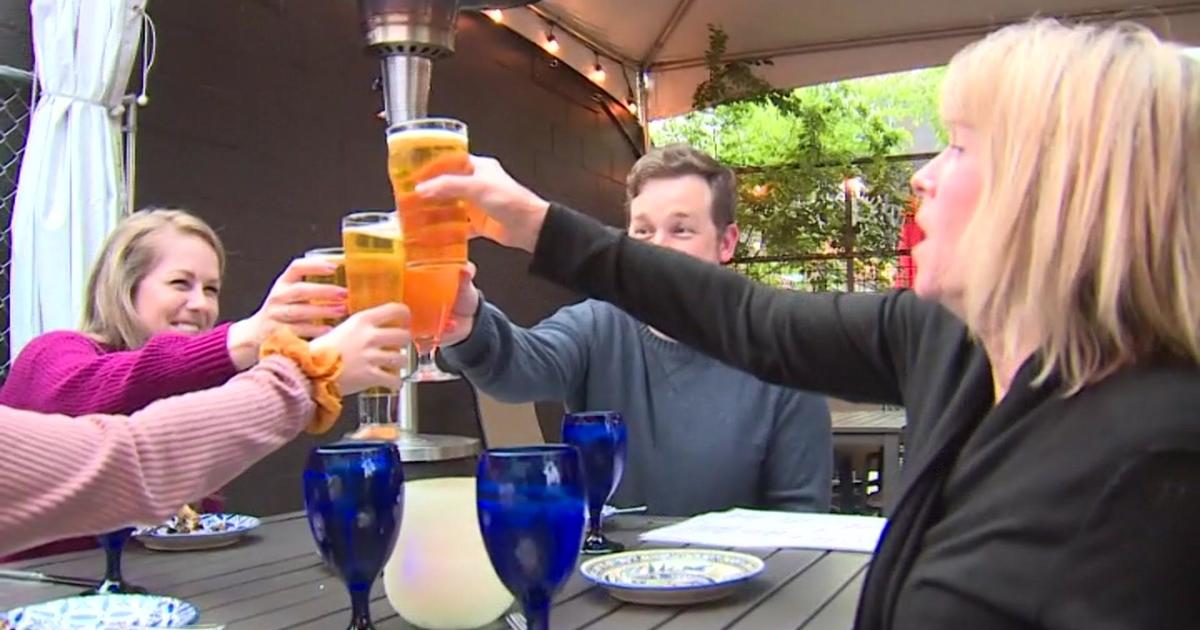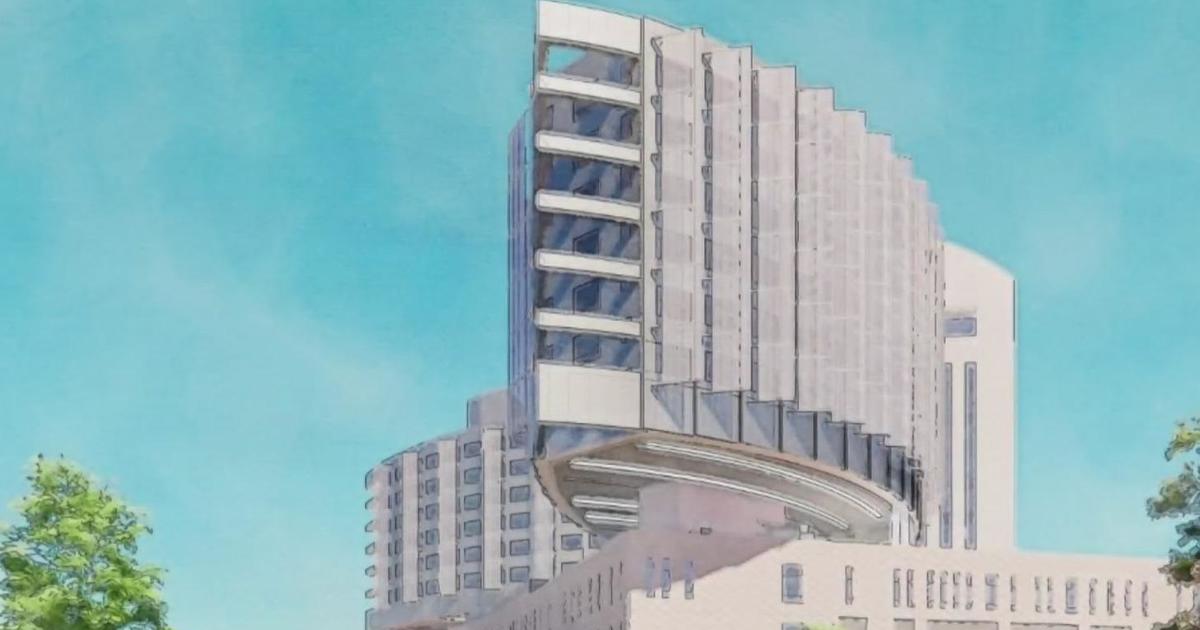Traveling exhibit in Rancho Cordova explores complex history of Japanese internment camps
RANCHO CORDOVA — A new traveling exhibition from the Smithsonian has made its way to Rancho Cordova and takes a look at the complex history of World War II Japanese American internment camps.
A star-spangled flag signed by Japanese internment survivors is a complicated part of American history that is often glossed over in school textbooks and is now coming to life at the Mills Station Arts and Culture Center (MACC).
The new exhibit, titled "Righting a Wrong," takes a look at the history and impacts of Executive Order 9066, which led to the incarceration of Japanese Americans following the attack on Pearl Harbor.
"These are not the stories of a few. These are the stories of an awful lot of people," said Cheryl Gleason, the art director and curator at the MACC.
This executive order sent 75,000 Americans of Japanese ancestry and 45,000 Japanese nationals to incarceration camps.
Barbed wire, poor living conditions and two-and-a-half years under the watch of military guards — all on American soil.
"They were awful conditions. Some of them went to a stopover," Gleason said. "For example, some went to a horse race track in Southern California where they were put into stables — dirty horse stables full of manure — and that's where they had to stay for a week or two or three until they were assigned to a relocation center, which is what internment camps were called."
The exhibit takes viewers on a journey through historical images, personal stories and objects from those incarcerated at the camps. It reveals themes like prejudice and civil rights that are as relevant today as they were 75 years ago.
Visitors so far have included internment camp survivors and the next generation of Japanese Americans.
"Telling stories and comparing things — it's a way to process something that was so horrible," Gleason said. "But now they can talk about it on a level that 'we survived this, we've come through the other side, now we want to share it with the rest of the world.' "
The exhibition is based on the exhibit of the same name on view this month at the National Museum of American History in Washington, D.C. This display will remain on view through March 25 at the MACC.



